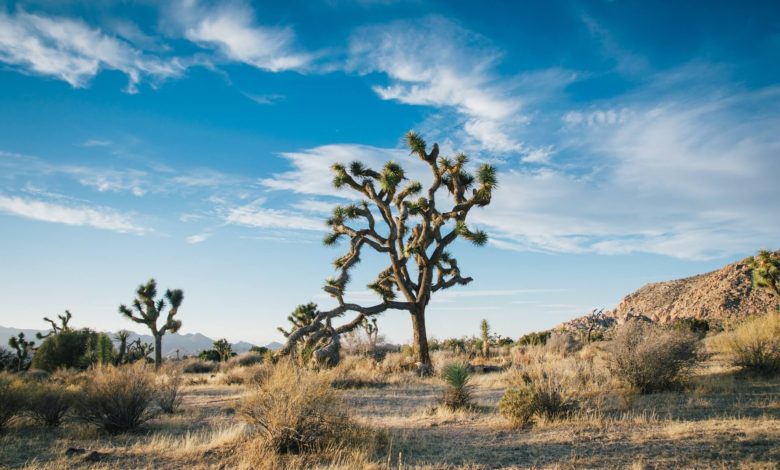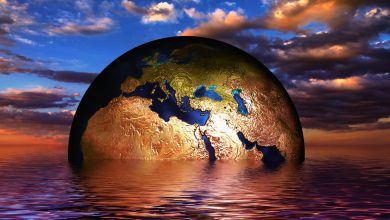Frightening Facts About Drought

Our world has survived many different dangers countless times since its existence. These dangers, which emerged in the normal order and functioning of nature, brought great changes and losses from time to time. Today, however, a threat posed by us as humans and perhaps harming the world in an unprecedented way is knocking on our door, climate change. Damages caused by climate change, some of which we see in our daily lives in short periods, and some of which we will experience by spreading over long periods, continue to threaten all living things on earth. Drought is a natural consequence of the damage we cause to the ecosystem. Today, 2 billion people in the world do not have regular access to clean water resources. While drought brings along urban and health problems, it also causes animal deaths and flora degradation. Here are the facts you want to know about drought.
Clean and safe water is not available
Drought is basically a natural, repetitive and normal process. Drought can occur in different geographies of the world when the amount of precipitation falls below the average or when precipitation decreases. However, most of the human-made damages, especially climate change, pave the way for this process to be experienced much more frequently and the balance of nature to deteriorate to serious levels. According to the United Nations World Water Development Report, more than 2 billion people cannot access clean water today, while 4.5 billion people cannot get safe sanitation services because there is no clean water.
Causes mass and massive migrations
One of the effects caused by drought is that people who cannot reach clean water leave the area they are in and migrate to new and wet lands. Drought, which causes large and mass migrations, causes millions of people to change their geography. According to the United Nations, in 2017 alone, 25 million people had to migrate due to lack of water and related natural disasters. This rate is more than one-third of the most visible migrations due to wars and conflicts.
Grain production will decrease by 40 percent
Drought continues to have extremely negative effects, especially on agriculture, all over the world. Drought, which causes the deterioration of the natural environment and the loss of productivity of agricultural lands, will have serious consequences on nutrition in the coming years, according to different reports. According to the United Nations World Water Development Report, if drought models continue in this way, grain production will decrease by 40 percent by 2050.
It disrupts the living ecosystem
People, who started to change rapidly after the industrial revolution and gradually disrupted their geography with the increase of urbanization along with industry, managed to deeply affect the entire living ecosystem. As a result of industrial wastes, wrong agricultural practices, and improper use of water in cities, they have caused great wounds in the ecosystem. According to the WWF, 68 percent of species populations have been lost to drought since the 1970s. This direct impact on their habitats hit the animals living on the edge of wetlands and forced to migrate due to drought.
Glaciers rise, the waters rise
Glacier meltdowns, which are among the biggest and most visible consequences of climate change, are also considered among drought-related disasters. The rapidly increasing temperatures and the increase in droughts due to global warming cause the melting of the glaciers that provide the balance of the world climate. In the world, 71 percent of which is water, the amount of fresh water that can be used as drinking water constitutes only 2.5 percent of all waters. Glaciers account for a quarter of the world’s freshwater reserves. Melting glaciers will trigger climate change, causing rising waters and the loss of many fertile lands.





